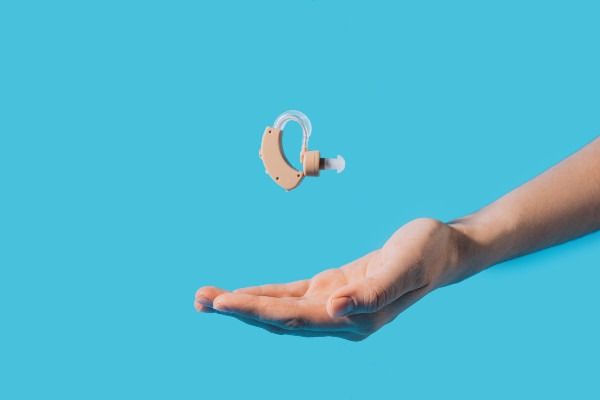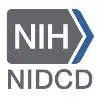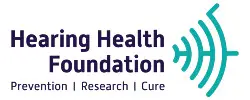Introduction
Living with otosclerosis is like carrying an unwritten story. It is a unique tale filled with whispers of undulating sound waves, the melody of words half-understood, and echoes of a world just beyond our grasp. Each day is a chapter, brimming with moments of courage, understanding, and perseverance.
This article is an empathetic exploration of otosclerosis, intended to help you navigate through the complex layers of this condition. Our goal is not only to inform but to resonate with your experiences, providing a sense of comfort and reassurance as we delve into the various facets of otosclerosis, from its anatomy and physiology to its risk factors and genetics, and the connection between otosclerosis and tinnitus.
We hope this compassionate journey will resonate with your experiences, help you understand your own story better, and empower you with knowledge. It’s about transcending the medical jargon and embracing a narrative that mirrors the challenges, resilience, and humanity inherent in living with otosclerosis.
Let us hold hands as we journey through the intricacies of otosclerosis, lending an ear to your unheard stories, understanding your challenges, and seeking solutions together. Remember, knowledge is power, and power is the first step towards resilience.
Otosclerosis An In-depth Overview
Embarking on our journey, it’s vital to have a clear understanding of otosclerosis. This medical condition primarily affects the stapes, a tiny bone in the middle ear. In people with otosclerosis, abnormal bone growth develops around the stapes, gradually causing it to lose flexibility and hampering its ability to transmit sound to the inner ear.
The result? A progressive hearing loss that often begins subtly, making it difficult to hear low-frequency sounds or whispers. As otosclerosis advances, it can lead to more profound hearing loss and other symptoms such as tinnitus—a persistent ringing or buzzing sound in the ear.
Despite extensive research, the exact cause of otosclerosis remains elusive. Scientists believe it is a combination of genetic and environmental factors. While there is currently no cure for otosclerosis, various treatment options can effectively manage its symptoms, providing a beacon of hope for those affected by this condition.
The Anatomy and Physiology of Otosclerosis
Before we delve further into otosclerosis, let’s take a moment to understand the stage where this story unfolds – the ear. The ear, a marvel of nature’s engineering, is divided into three sections: the outer ear, the middle ear, and the inner ear. Sounds journey through these sections, transformed from mere air vibrations into comprehensible signals that the brain can interpret.
In the case of otosclerosis, the plot thickens in the middle ear, specifically around the stapes, the smallest bone in the human body. An abnormal growth begins to form around this bone, causing it to become less mobile over time. As the stapes loses its ability to vibrate freely, the transmission of sound waves to the inner ear is hindered, resulting in hearing loss.
If otosclerosis progresses, this abnormal bone growth can extend to the cochlea in the inner ear, a situation known as cochlear otosclerosis. This can lead to sensorineural hearing loss, which is associated with damage to the inner ear or the auditory nerve.
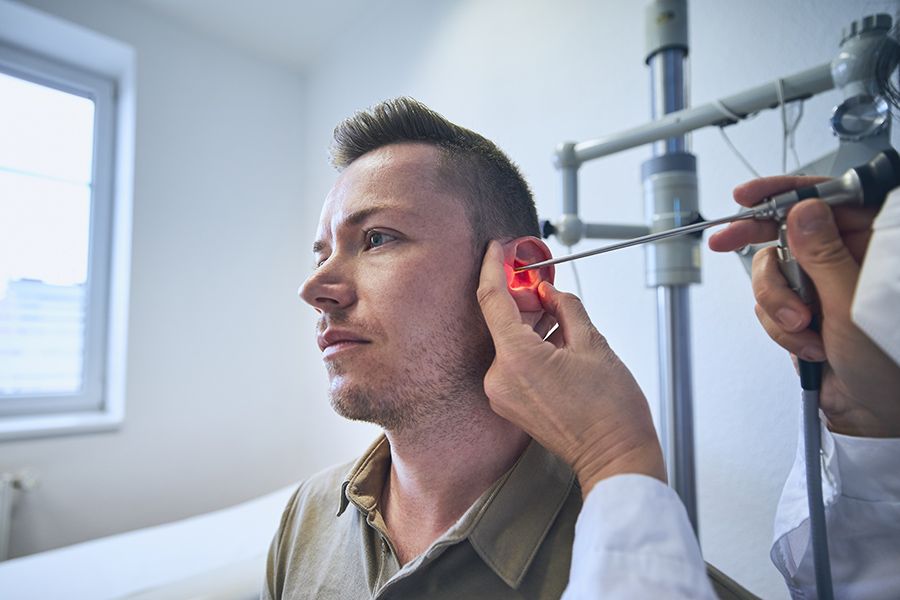
Tinnitus Treatments: Examining Supplements, Technology
Another person found alleviation in running, saying it assisted him reclaim a sense of control. Still one more individual explained the experience as “amazing”– a
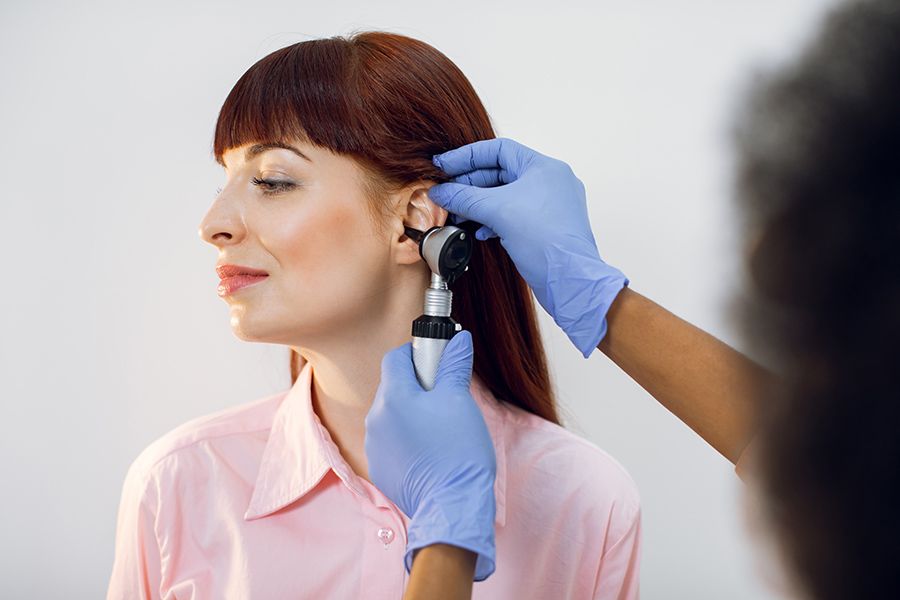
“What Did You Say?” Protect Your Hearing – Hearing Loss Is Irreversible
Introduction Hearing loss is a common and often overlooked health issue that affects millions of people worldwide. Whether it is due to exposure to loud
Identifying the Risk Factors Associated with Otosclerosis
In every story, understanding the characters and their backgrounds is vital. Similarly, identifying the risk factors associated with otosclerosis can help us comprehend why some people develop the condition while others do not.
There are several risk factors related to otosclerosis, with genetics playing a crucial role. If you have a family history of otosclerosis, you are ten to twenty times more likely to develop the condition than those without a similar history. This clearly suggests that otosclerosis can be passed down through generations, but the exact genes involved are yet to be pinpointed.
Gender and hormonal changes also play their parts. Women are more likely to develop otosclerosis than men, and many women have reported that their symptoms worsened during pregnancy. This suggests that hormonal changes could play a significant role in triggering or aggravating otosclerosis.
Interestingly, the prevalence of otosclerosis varies with race and ethnicity as well. It’s more common among Caucasians and less so among people of Japanese and South American descent. As we continue unraveling the mysteries of otosclerosis, it’s evident that both our genes and our environments play roles in shaping our stories.
Audien Rechargeable Hearing Aid


Audien BTE (Behind the Ear) Rechargeable OTC Hearing Aid
Experience Unparalleled Sound Quality with the New Audien BTE (Behind the Ear) hearing amplifier. Elevate your hearing with the clearest, highest-quality sound available in an over-the-counter hearing assistance device. Designed by Audien, renowned for their sleek and comfortable hearing devices, the BTE model ensures exceptional hearing performance. It features advanced digital technology, including four environmental modes, background noise reduction, feedback cancellation, and two directional microphones per unit (four in total).
Say Goodbye to Missed Conversations and Hello to Superior Sound. Audien hearing devices excel at amplifying speech while reducing background noise, allowing you to effortlessly engage in conversations with friends and family. Experience the consistent, long-lasting, and sharp sound quality without any whistling or feedback issues. With customizable volume control, you can easily adjust the amplification to meet your individual needs. These devices are perfect for enhancing high tones and improving TV dialogue clarity.
Rechargeable for Uninterrupted Use. The Audien BTE hearing amplifiers are 100% rechargeable, offering convenience and freedom from the hassle of tiny button batteries. With wireless magnetic charging technology, you can enjoy a 20-hour battery life with just a quick two-hour charging time. The included charging case provides up to three full charges, giving you a total of 60 hours of amplified sound. Simply place the devices in the case, and they will wirelessly charge, ensuring you’re always ready to hear your best. Experience the ease and reliability of Audien sound amplifiers, ideal for individuals with dexterity issues or those tired of constantly purchasing and replacing batteries.
Demystifying the Genetics of Otosclerosis
The genetics of otosclerosis is an intriguing chapter in our journey. Given the hereditary nature of otosclerosis, a deeper understanding of the genetics behind the condition could pave the way for more targeted treatment options in the future.
Otosclerosis appears to be a complex genetic condition, suggesting multiple genes might be involved. Some research studies have pointed towards the role of a gene known as TGBF1, which is responsible for the growth and development of bone and cartilage. Certain variations of this gene are believed to increase the risk of otosclerosis.
However, the genetic story of otosclerosis doesn’t end here. There are likely other genes and genetic variants involved, each contributing to a small but significant degree to the risk of developing the condition. While the genetic jigsaw puzzle of otosclerosis is still incomplete, every new piece brings us closer to a clearer picture.
11 ways to improve sleep better with tinnitus
The Relationship Between Otosclerosis and Tinnitus
No story is complete without exploring the relationships between its characters. In our narrative, the relationship between otosclerosis and tinnitus plays a significant role. Many individuals living with otosclerosis also experience tinnitus, a condition characterized by the perception of noise or ringing in the ears when no external sound is present.
When the stapes is hindered by the abnormal bone growth associated with otosclerosis, it disrupts the normal transmission of sound vibrations to the inner ear. This irregularity can result in the perception of sound when there isn’t any, hence leading to tinnitus.
Living with tinnitus can be challenging, especially in quiet environments where the ringing or buzzing seems more pronounced. It can affect sleep and concentration and cause emotional distress. Although there is no cure for tinnitus, understanding its connection with otosclerosis can lead to effective strategies for managing it.
Lipo-Flavonoid Plus, Tinnitus Relief for Ringing Ears
Considered the most effective over-the-counter solution by ENTs, this product comes highly recommended by doctors for reducing ear ringing. Its effectiveness has been acknowledged and trusted by medical professionals in the field.
Please note that exposure to heat or sunlight may cause melting or damage to the product. To ensure the product’s integrity, customers are advised to be present during the delivery process.
Formulated with a natural lemon bioflavonoid complex, this product contains a rich blend of essential vitamins and nutrients such as Vitamins C, B1, B2, B6, B12, Calcium, Choline Bitartrate, Inositol, Niacin, and Pantothenic Acid. These ingredients provide vital nutritional support for the inner ear, making it beneficial for individuals with tinnitus and Meniere’s syndrome.
Conclusion
Living with otosclerosis is not just about navigating a medical condition; it’s about navigating life itself. It’s about understanding the echoes, the silences, and the unique language of sound that defines your world. It’s about embracing the beauty of resilience and the strength that comes from knowledge.
Through our empathetic exploration of otosclerosis, we’ve attempted to mirror your experiences and provide a comprehensive understanding of this condition—from its intricate anatomy and physiology to its risk factors, the role of genetics, and its connection with tinnitus.
Our journey through the world of otosclerosis is a testament to human resilience and the power of knowledge. It’s a journey that helps us connect on a deeper level, not just with the condition, but with each other. It is a journey that turns whispered stories into narratives of strength and resilience.
Remember, you are not alone on this journey. There is a global community standing with you, echoing your courage, and amplifying your voice. Let’s continue to navigate the world of otosclerosis together, step by step, story by story.
In the vast library of life, every story matters.
And every unheard story of otosclerosis holds a lesson of courage, resilience, and the power of the human spirit. It’s a testament to the strength inherent in every individual living with this condition, a strength that is amplified by knowledge and understanding.
As we close this chapter, we hope that this article has provided you with valuable insights, helped you resonate with your experiences, and empowered you to continue your journey with newfound understanding. Remember, it’s not just about the destination, but the journey itself.
Every step forward is a victory, every hurdle crossed a testament to your strength. And every moment of understanding is a gentle whisper that adds depth to your unheard story.
Above all, remember that you are not alone on this journey. There’s a global community that understands your challenges and stands by you. You are a part of a resilient network of individuals, all navigating the intricacies of otosclerosis, all echoing your strength, and all amplifying your voice.
Together, we can turn the unheard stories of otosclerosis into narratives of understanding, resilience, and empowerment. Here’s to embracing the melody of our shared stories, to understanding the unique rhythm of otosclerosis, and to finding harmony amid the echoes.

